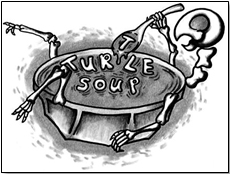Zooarchaeology at the Berry Site
| Animal remains recovered during ongoing excavations in western North Carolina at Spanish Fort San Juan and the adjacent Native American town of Joara—known collectively as the Berry site—gave us the opportunity to investigate subsistence practices and the relations that existed between the Spanish soldiers and their native neighbors. Fort San Juan was established by Captain Juan Pardo in 1566 and intentionally burned to the ground in 1568. During the brief 18-month occupation, the garrison relied heavily on their Catawba neighbors for survival, both subsistence and otherwise. |
For More Information…This research was completed in collaboration with the Exploring Joara Project, co-directed by Drs. David Moore (Warren Wilson College), Robin Beck (University of Michigan), and Christopher Rodning (Tulane University). Inquiries about zooarchaeology at the Berry site, please contact Dr. Heather Lapham. To read more about archaeology at the Berry site, check out the newly published book, Fort San Juan and the Limits of Empire: Colonialism and Household Practice at the Berry Site (available from the University of Florida Press and Amazon.com) and American Antiquity article, The politics of provisioning: Food and gender at Fort San Juan de Joara, 1566–1568. |


